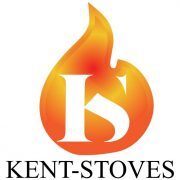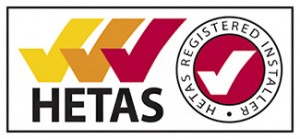Energy bills are still rising
The worrying thing is that fuel prices are lightly to continue to increase in the foreseeable future due to the weak pound and the Brexit talks. It seems everybody looks to blame the “Brexit talks” but the fact is this really is affecting the value of the pound and therefore increases the cost of imported fuel.
Installing a wood burning stove could go a long way to help you reduce your energy bills, for the most part wood burning stoves are environmentally friendly. They come in all shapes, sizes and colours so there is bound to be one to fit your homes needs.
If you decided to install a stove professionally one benefit that nearly always goes un-noticed is how the value of your property will increase. Any estate agent will tell you that a home fitted with an eco-friendly stove is worth more than one that isn’t.
In the summer months most homeowners try to forget the cold times and those large fuel bills. But now is the time to act as there are many very good offers available due to fitting engineers are far less busy as the winter months. Read more




